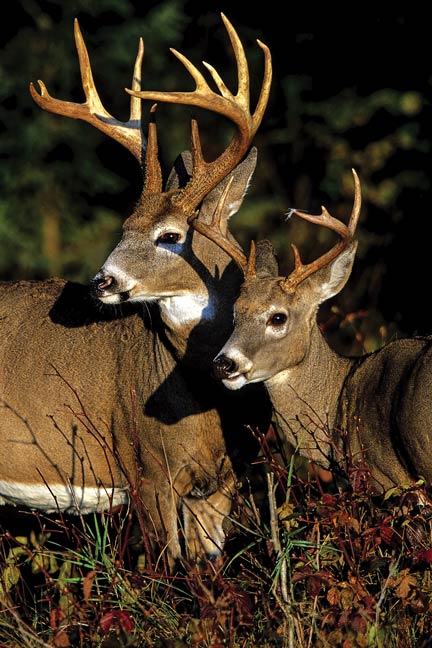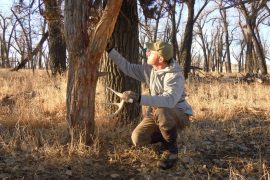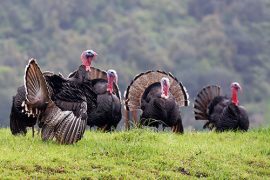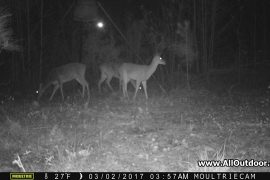Over the years, our institute’s research has offered insight into the critical question of when a buck should be culled — that is, if he should be culled at all.
In analyzing our data based on age as a predictor of ultimate antler quality, we see that until a buck is 3 1/2 years old, there’s no reliability in predicting his antler size at maturity (4 1/2 or 5 1/2 years). This really gives you only one year to remove a buck in any culling scheme. However, removal at maturity has some positive benefits, as the majority of offspring are produced by bucks of these ages.

So no buck should be removed from the herd as a “cull” until he’s at least 3 1/2. And how many bucks in the average whitetail herd are at least that old? The answer tends to be: not many! In some areas, especially with heavy public hunting pressure, the percentage is minuscule. So unless you have a somewhat natural buck age structure, culling is a moot point.
Now let’s consider herds in which there is reasonable buck age structure. Can we in these cases achieve anything by culling bucks? And if so, which criteria should be used? A buck’s third set of antlers is a reasonable predictor for what he will be in the next two years, when as a breeder he’ll have his greatest impact on herd genetics.
You might have read about studies that appear to contradict what I just wrote. However, I’ve carefully analyzed them, and they clearly substantiate that, while bucks of all ages breed, those in the 4 1/2 to 5 1/2 “breeding pool” produce more offspring individually.
There’s also the question of what we’re trying to achieve. If we analyze Boone & Crockett scores, we see the total lengths of the tines is a huge component. Hence, a buck with only eight mainframe points is at a disadvantage in scoring well. As there’s heritability in the number of antler points a buck grows, culling 3 1/2-year-olds with eight or fewer points has merit.
Another trait with some degree of predictability is antler conformation. There are only five possible rack shapes: circular, oval, square, rectangular and diamond. To me, the most beautiful and impressive conformation is the square. It has what I call the “wow” factor. So in the rare instance when culling is appropriate, I try to remove bucks that have eight or…





